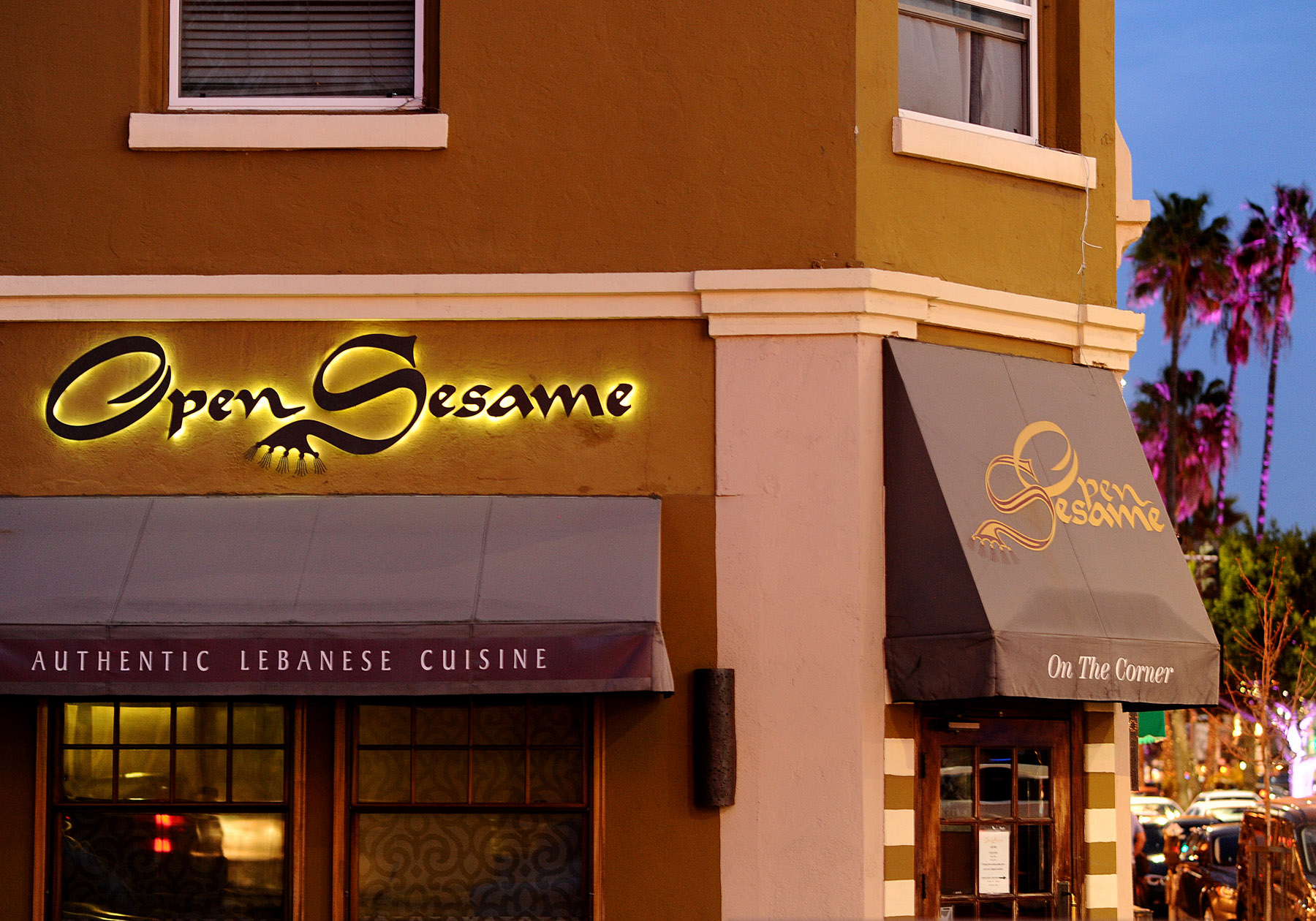


The training of SESAME's staff is a central objective of the OPEN SESAME work, given that a modern light source needs to draw upon skills across a huge range of scientific, technical, and administrative areas, all of which are being addressed by the project's staff training and mobility action. Integration of SESAME into public and socio-economic landscapes: targeting stakeholders and researchers, this is designed to build awareness of SESAME as an international science center in the Middle East and neighboring regions, thereby helping to assure the center's longer-term stability and sustainability. Training of SESAME's staff: allowing SESAME to benefit from the pool of European experience through a two-way staff mobility program between the European partners and SESAME.īuilding regional researcher capacity: empowering researchers across the SESAME members through high-quality training and education activities. OPEN SESAME's training and support has three pillars: 1. The support from the OPEN SESAME project focuses on the operation of the facility, and is being provided via a comprehensive cooperative program with European light sources and institutes, thereby allowing SESAME to move more rapidly towards fully realizing its potential.
OPEN SESAME PROFESSIONAL
This has been made possible thanks to the generous support it has received from the members themselves (Israel, Jordan, and Turkey), the international community (UNESCO, the IAEA, the European Union, and ICTP), national agencies (in particular, the UK Department for Business, Energy and Industrial Strategy (BEIS) through the Rutherford Fund, Italy, the US Department of Energy, and the US National Academy of Science), numerous synchrotron laboratories, professional scientific societies, and small charities. SESAME, which started off with only a modest degree of experience in constructing, commissioning, and operating an international synchrotron facility, is progressing to a center that has the required expertise for this, and it is now a nascent operational user facility. The partners have brought to SESAME their experience and know-how in running a synchrotron and in exploiting the unique photon and X-ray beams for research. Two of these facilities, ESRF and CERN, have intergovernmental agreements at their basis, as does SESAME. It consists of seven light sources (CELLS, DESY, ELETTRA, ESRF, INFN, SESAME, and SOLEIL), a high-performance computing center (The Cyprus Institute), a European structural biology network (Instruct), a national research agency (CNRS), and CERN.

The OPEN SESAME project is a consortium of 11 partners in eight countries (seven in Europe and one in Jordan). The three-year program of OPEN SESAME, which started in 2017, has as its objective support for SESAME and its user community during the final commissioning of the accelerator and first beamlines, and the facility's initial phase of user operation. OPEN SESAME is one of its latest chapters of collaborative work with SESAME and its members in the Middle East and neighboring regions. ĭriven by Europe's open and collaborative spirit, and its wish to build durable bridges between Europe and the Middle East and neighboring regions, the European Union is a long-standing active partner and contributor to SESAME. The first user experiments took place in July 2018 and the first paper using experimental data from SESAME was published in June 2019. Its aim is to foster scientific and technological excellence as well as international cooperation amongst its members, which are currently Cyprus, Egypt, Iran, Israel, Jordan, Pakistan, Palestine, and Turkey. It is also the result of goodwill and generosity on the part of international organizations and synchrotron light sources worldwide. Developed under the auspices of UNESCO and modelled on CERN (although it has very different scientific aims), SESAME is the result of hard work and determination on the part of governments in the Middle East and neighboring countries, but also that of governments of the observer countries of the center and scientists at large. SESAME's inauguration was held on May 16, 2017. The need for an international light source in the Middle East was first recognized by eminent scientists such as the Pakistani Nobel Laureate Abdus Salam in the 1980s. This is all the more so when the facility-the Synchrotron-light for Experimental Science and Applications in the Middle East (SESAME) light source hosted near Amman in Jordan-is the first major international science center in the Middle East and neighboring regions. The challenges of conceiving, constructing, commissioning, and operating a large-scale research facility are significant.


 0 kommentar(er)
0 kommentar(er)
